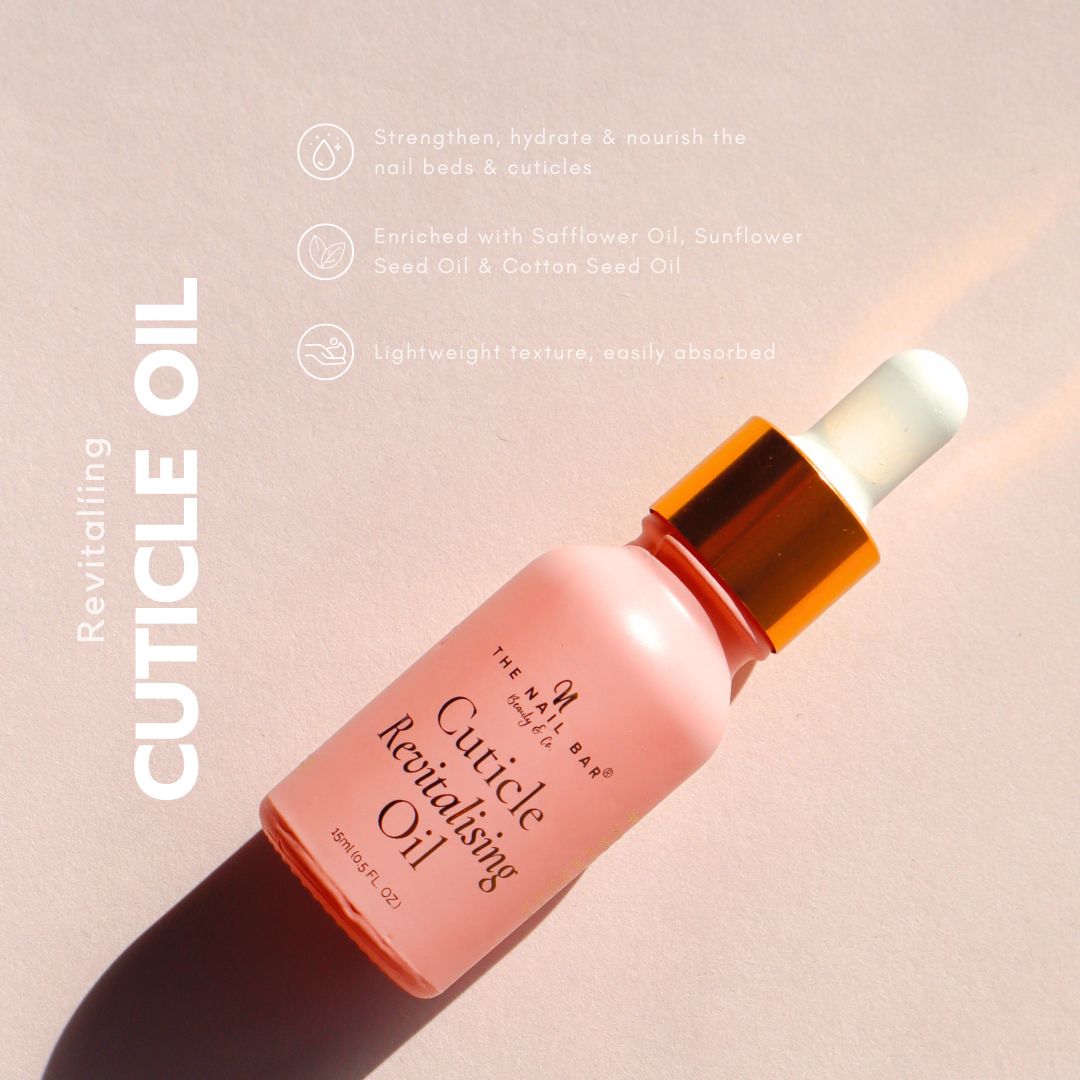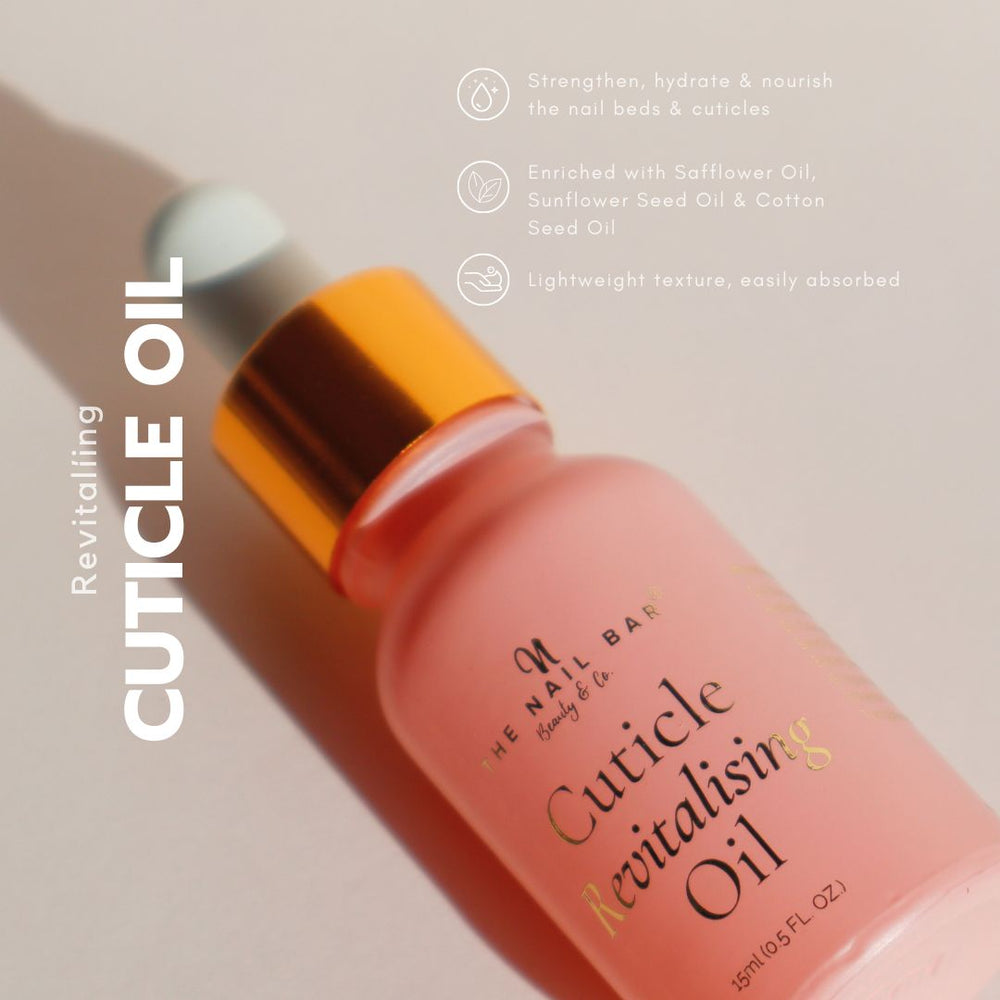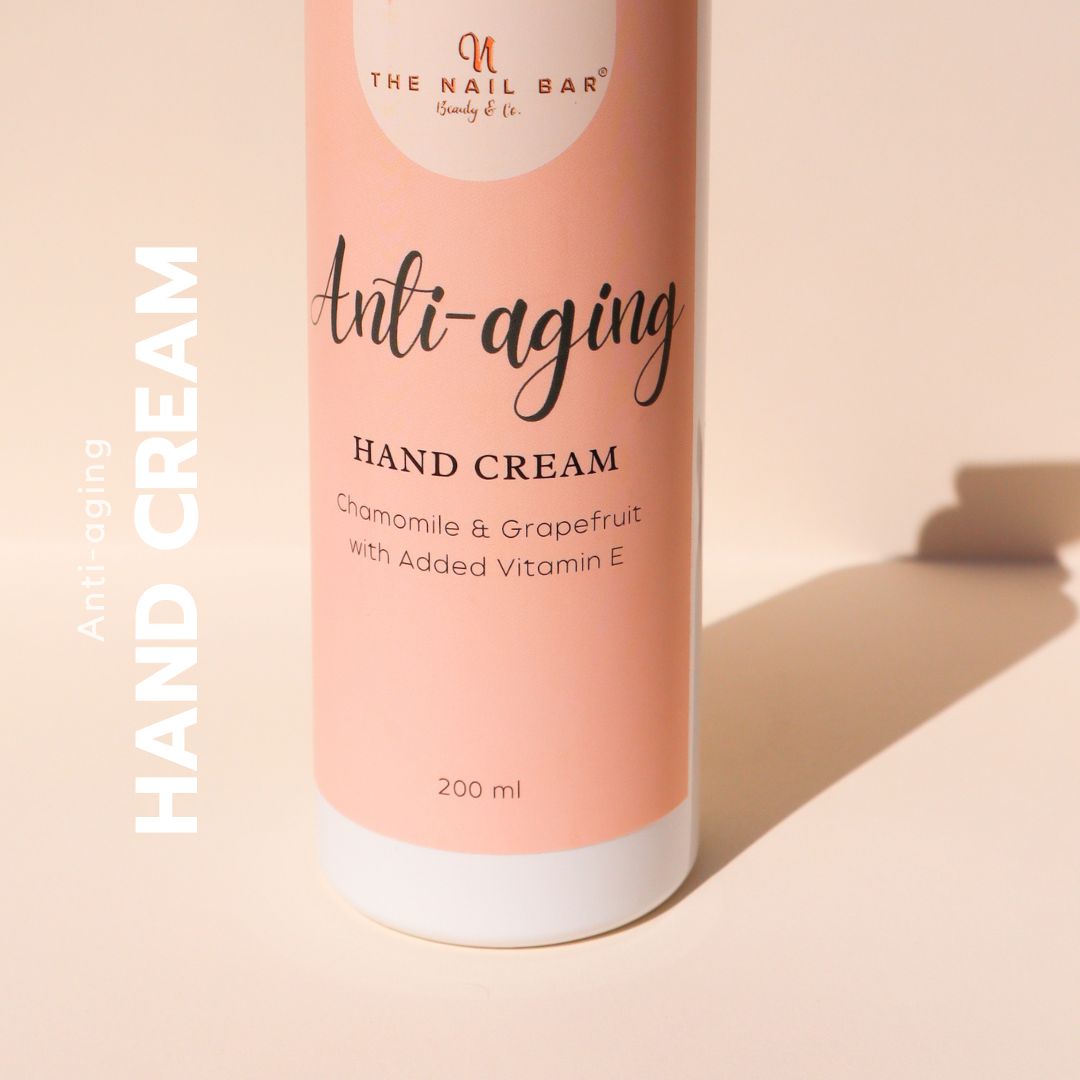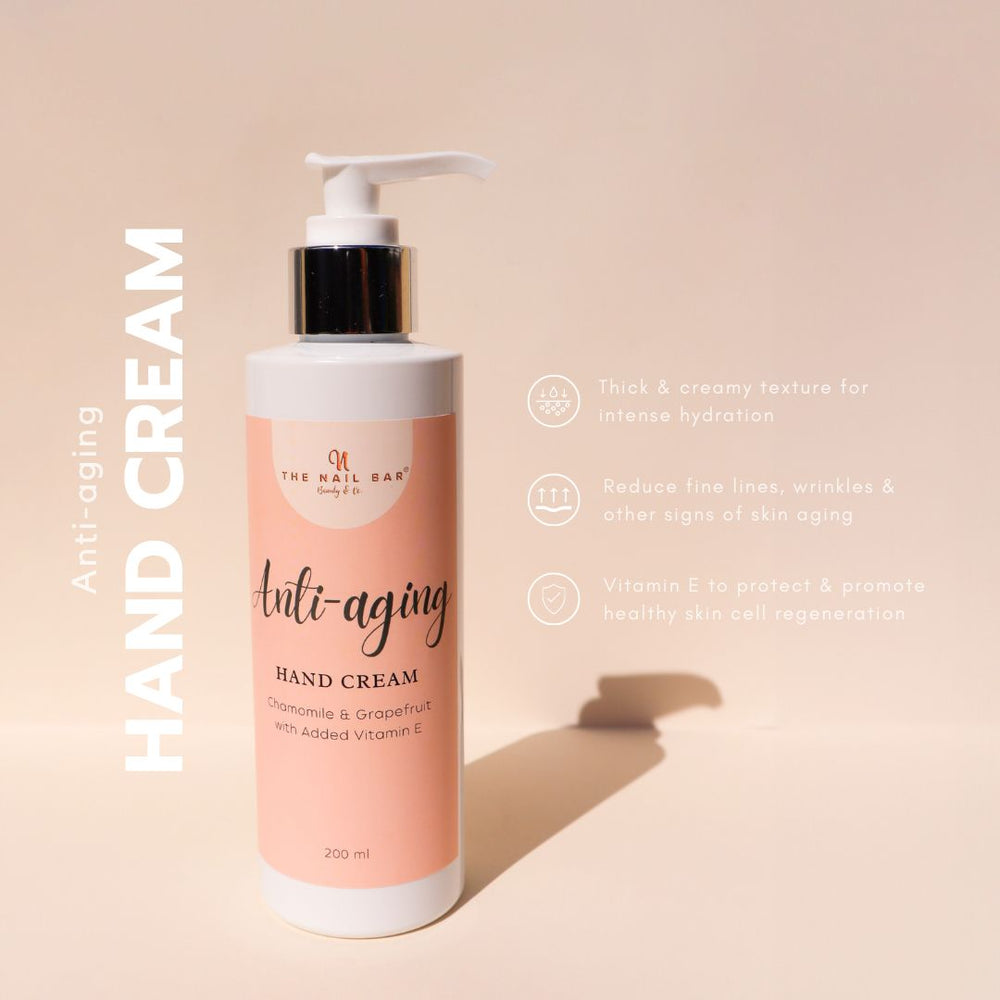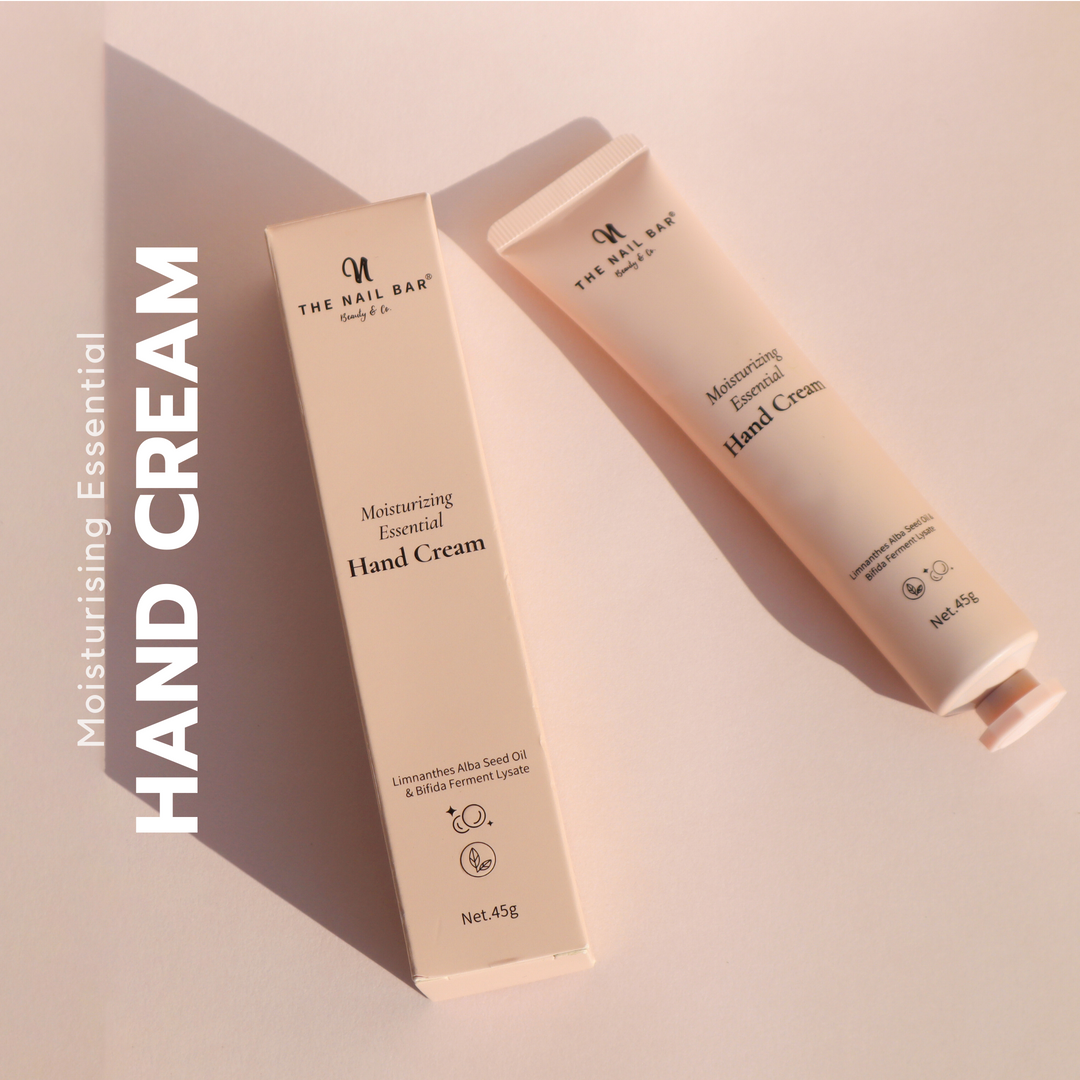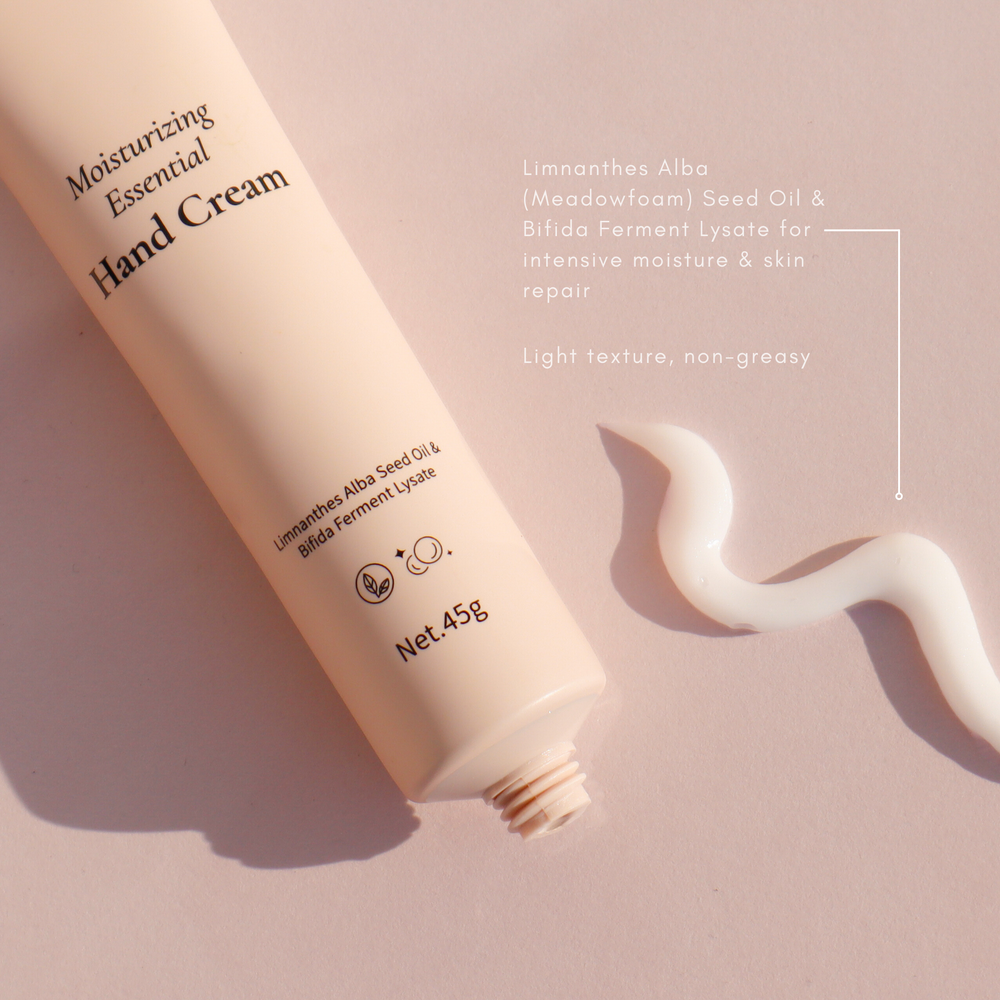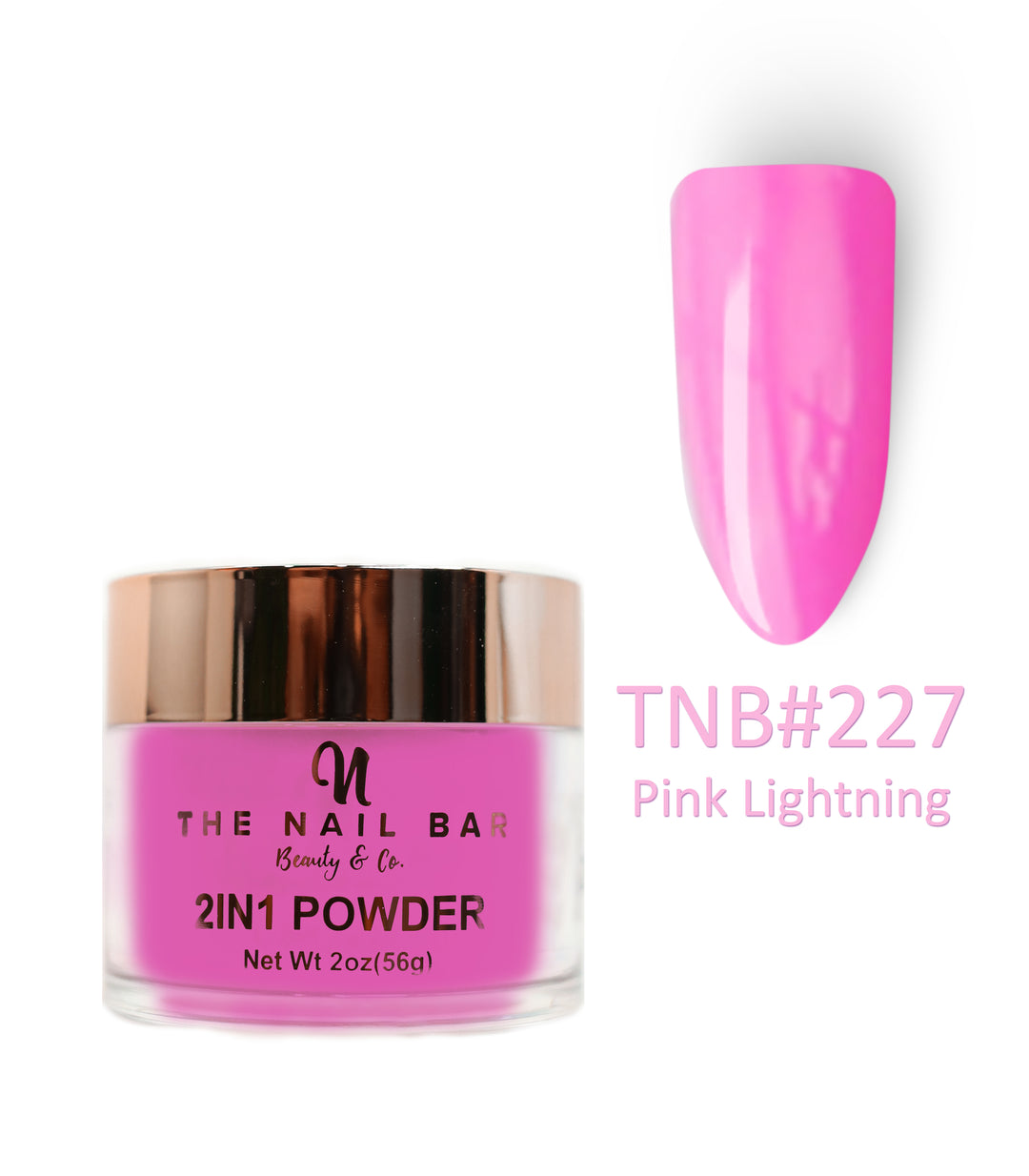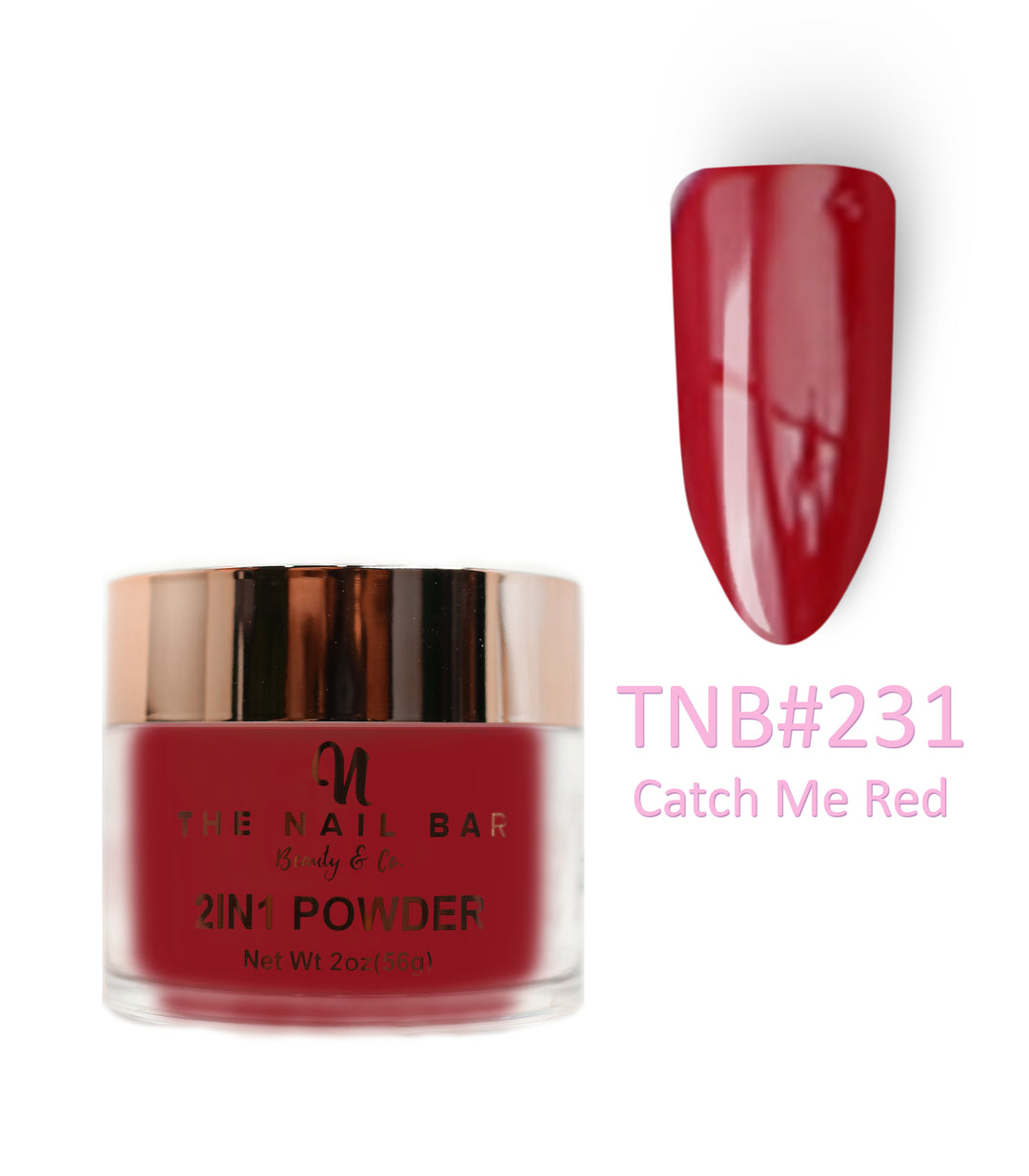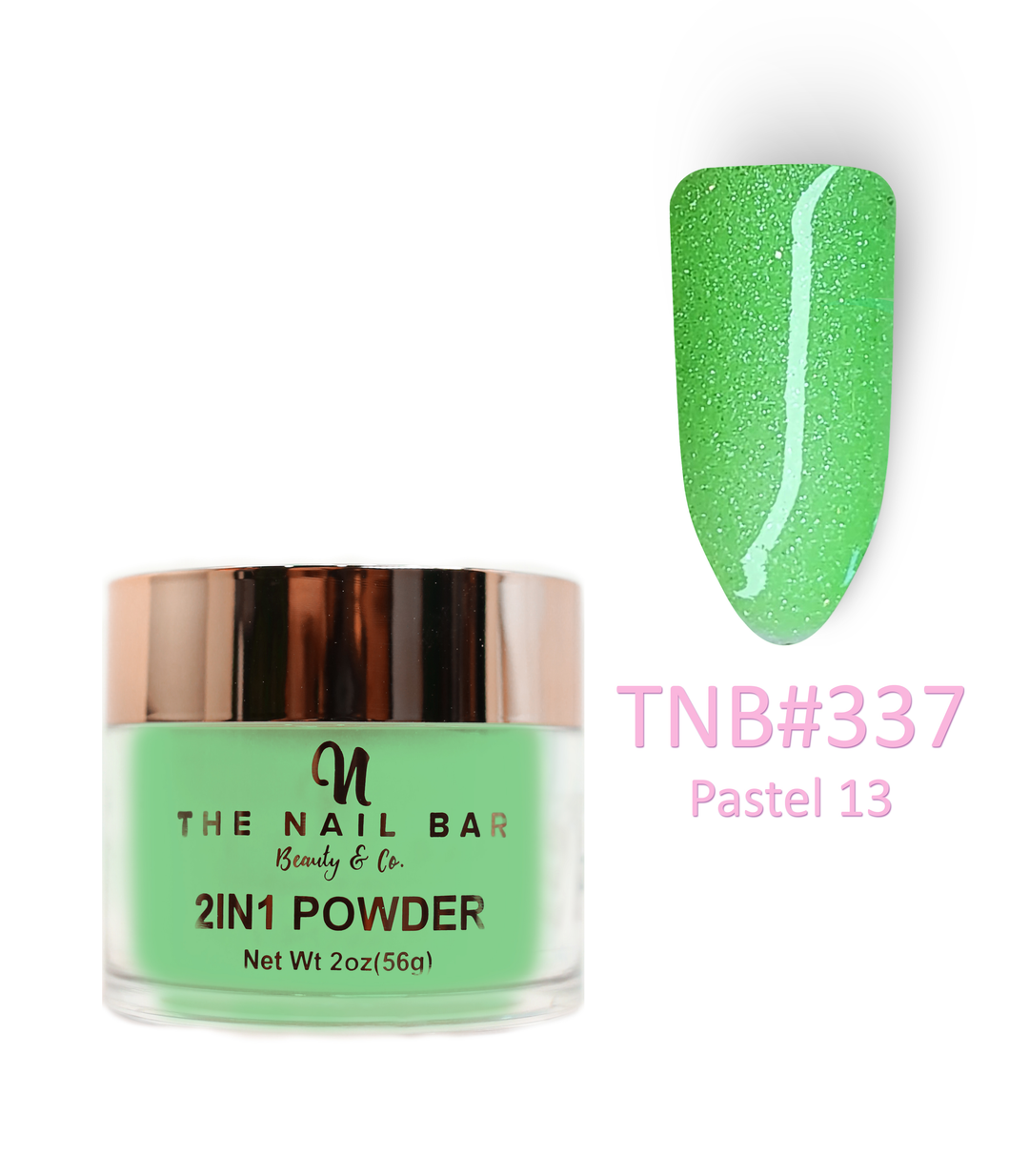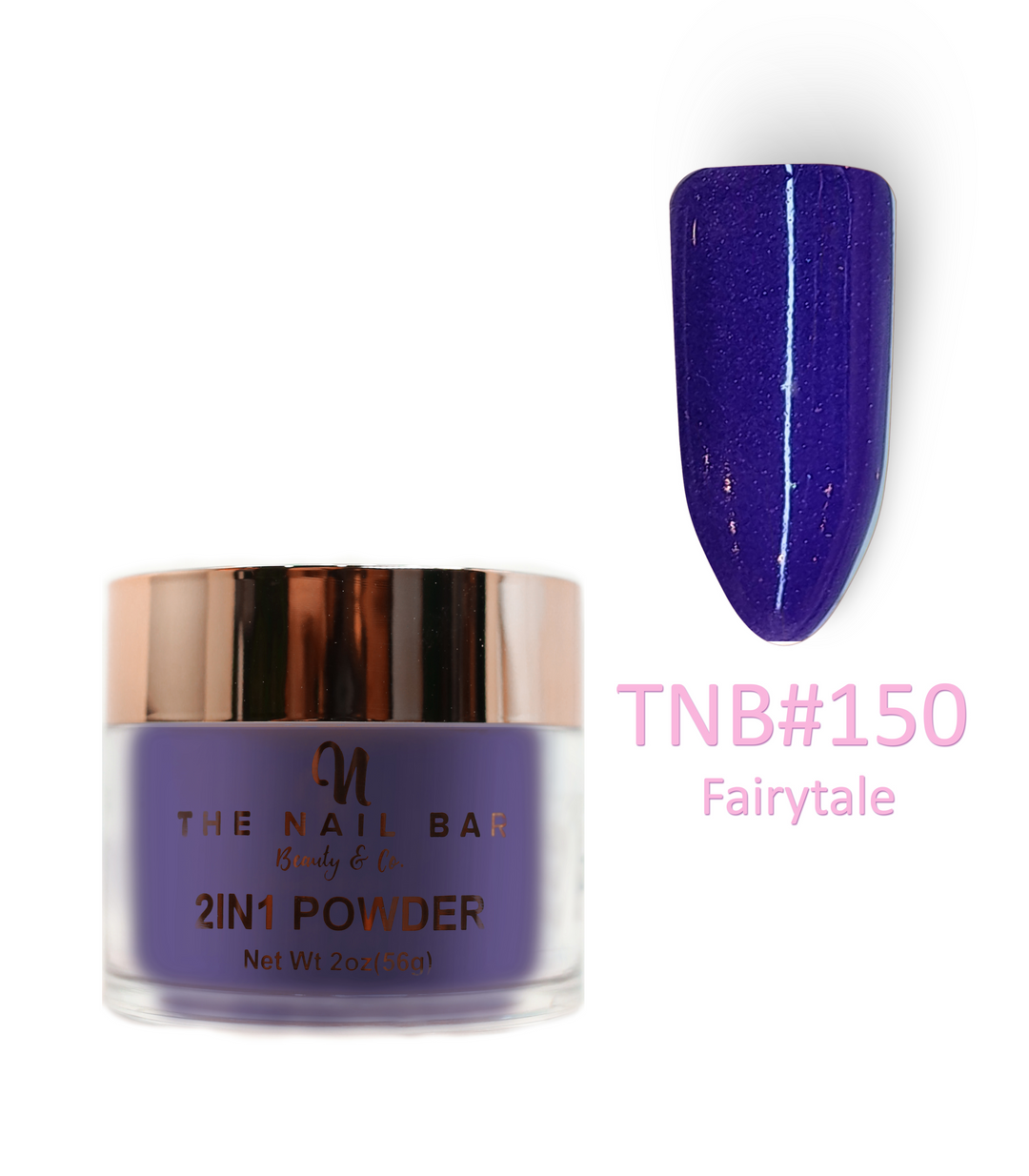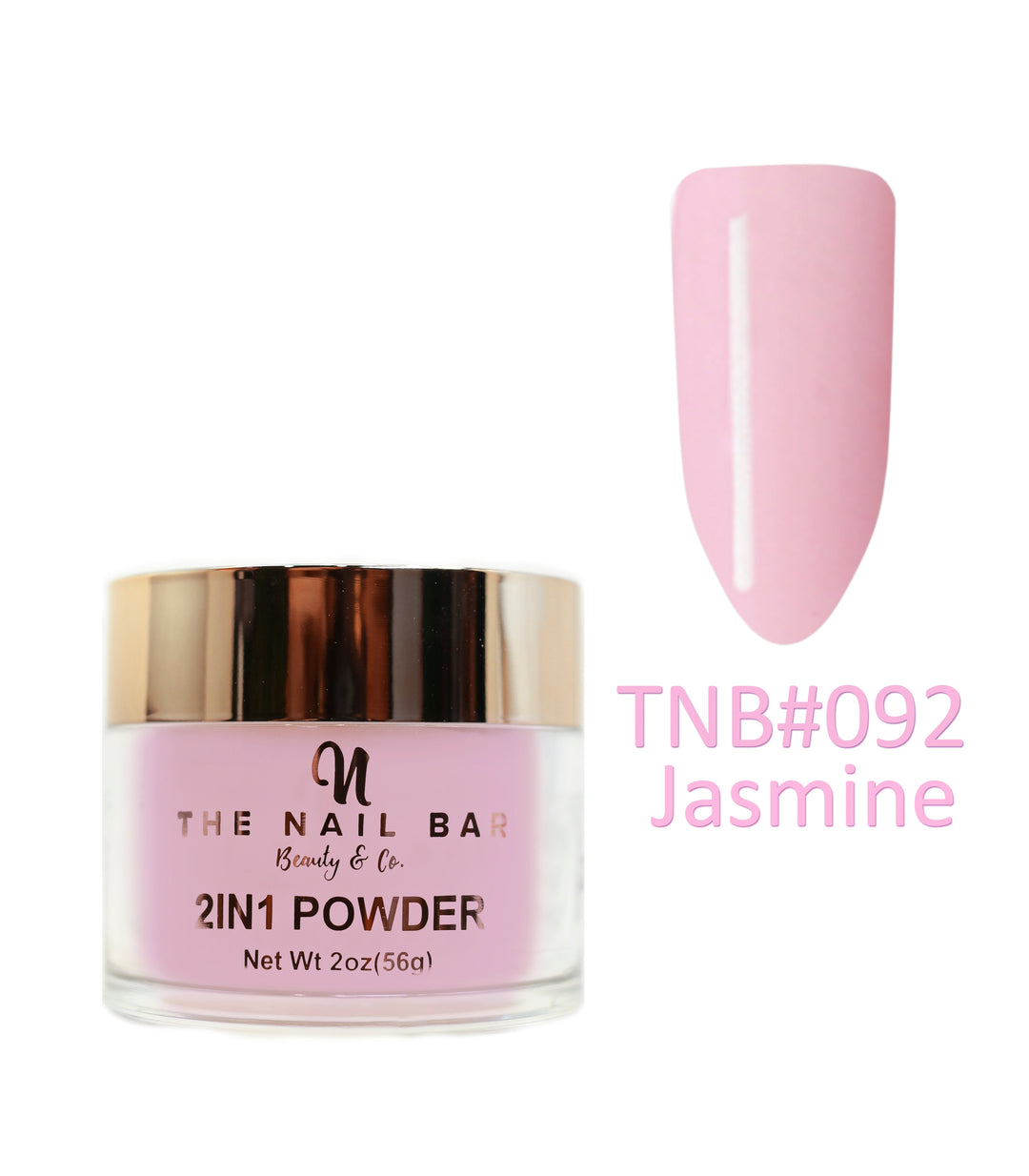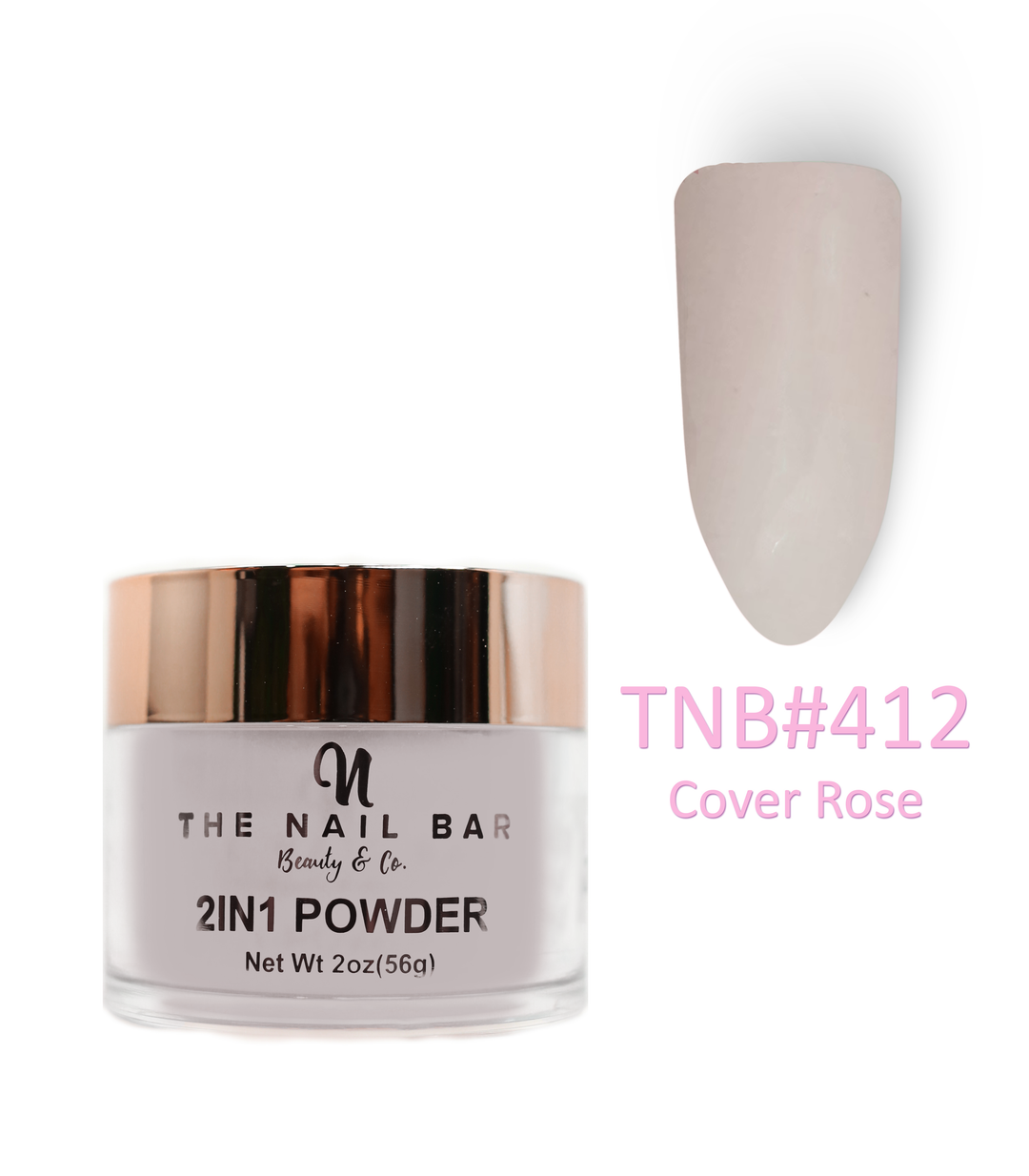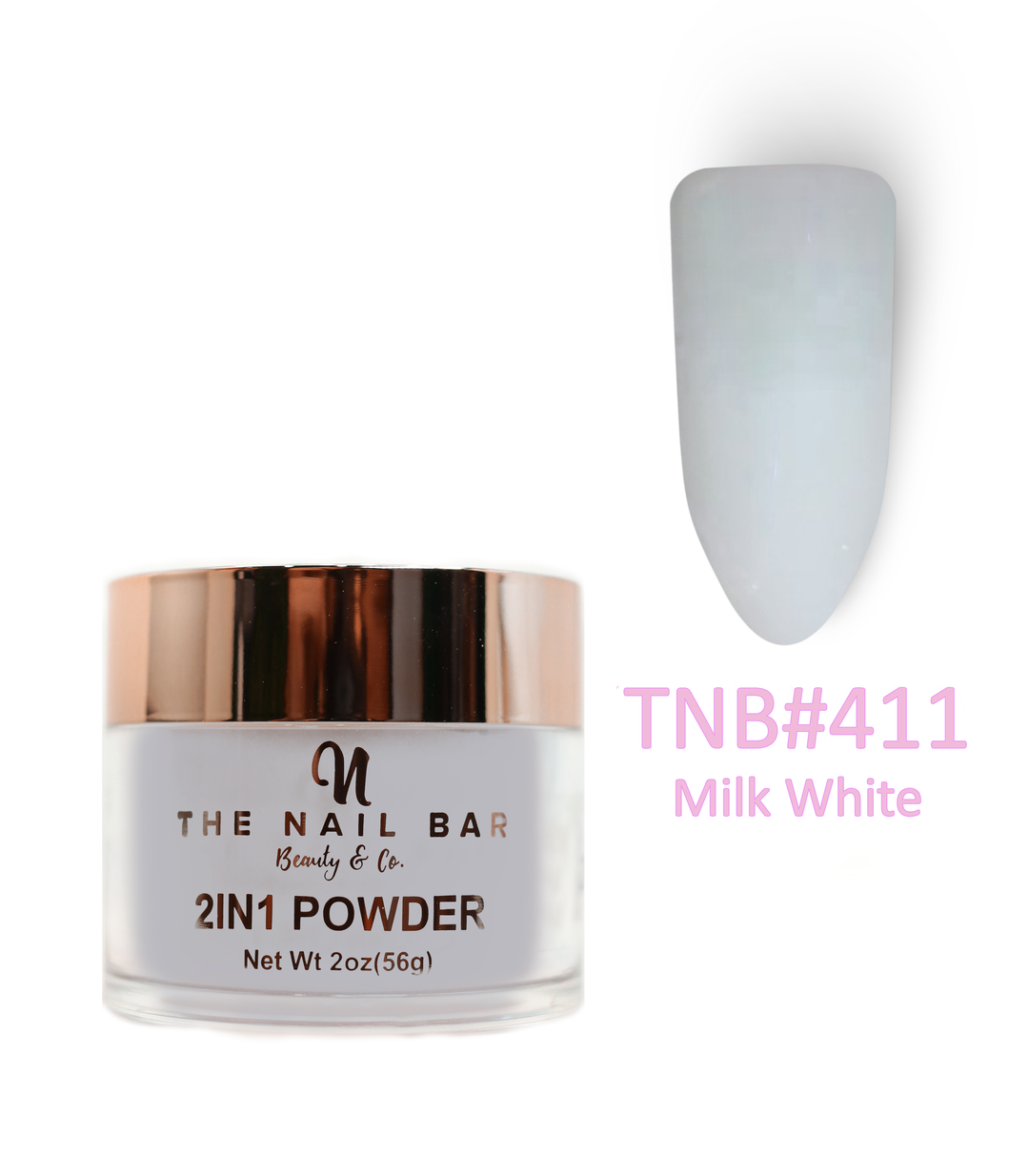Why Acrylic Nail
At The Nail Bar, we’re committed to giving you beautiful, durable acrylic nails that let your style shine. Our expert technicians use the latest techniques and the highest-quality EMA monomer for healthier, long-lasting results. Discover vibrant colours, flawless finishes, and the confidence that comes from Adelaide’s best acrylic nail service.
Book Your Acrylic Nail Appointment Today
Don't let another day pass without experiencing the best. Book your appointment with The Nail Bar Beauty & Co., and let us adorn your nails with the beauty they deserve.






Acrylic Nail Enhancements
Choose from our classic acrylic application with extension tips or our premium EMA monomer services featuring vibrant coloured powders. Our options include:
Manicure Add-On: Enhance your acrylic nail service with a luxurious manicure. This treatment includes detailed cuticle work, nourishing skin care, and a soothing relaxation massage, providing the ultimate pampering experience.
Paraffin Treatment Add-On: Opt for a paraffin wax treatment for deep moisturization. This therapeutic add-on aids in soothing joint stiffness and enhancing skin softness, enriching your nail service experience

Acrylic In-Fill
Keep your acrylic nails looking flawless with our maintenance fill-in services, designed to refresh the acrylic as your nails grow. Regular fill-ins, recommended every two to three weeks, will extend the life and beauty of your acrylic nails.

Custom Nail Art
Express yourself with our custom nail art. Choose from an array of designs including glitter applications, decals, and hand-painted art. Whether you’re attending a special event or just want to add a splash of colour to your daily life, our nail artists can craft the perfect design for you.
FAQs
Our standard acrylic nail applications take approximately 50 minutes, with longevity of up to three weeks, depending on your lifestyle and care routine. Regular fill-ins are recommended to maintain the aesthetic and integrity of your nails.
When it’s time to remove your acrylic nails or if you’re ready for a new look, our gentle removal service ensures the health of your natural nails is preserved. Our technicians use techniques that protect and minimize damage, keeping your natural nails in excellent condition.
Nails services are personalised, therefore prices are flexible based on individual needs. Check out our standard pricing here.
To get an accurate quote, select your favorite salon from the location tab and fill out the contact form. Upload images of your current nail condition, as well as the desired style. Provide details on the length and shape for precise pricing.
The Nail Bar exclusively uses our colour range, allowing for all products on the website to be selected. Different stores may offer varying ranges and designs. The variety of design and colour choices at The Nail Bar is extensive.




